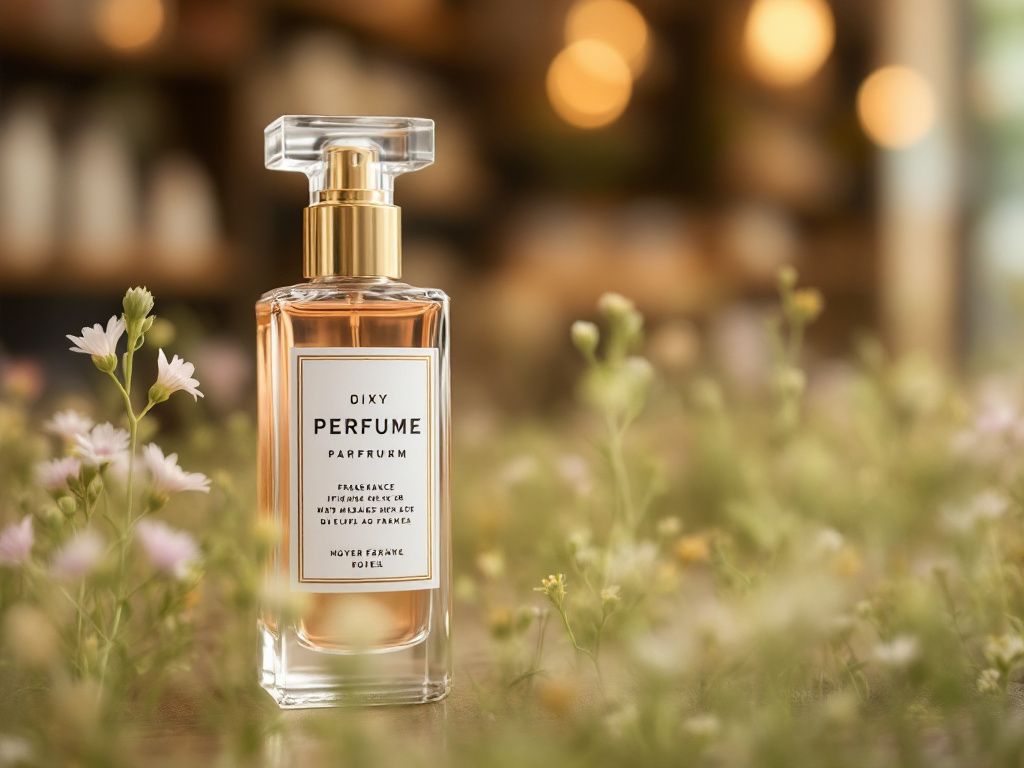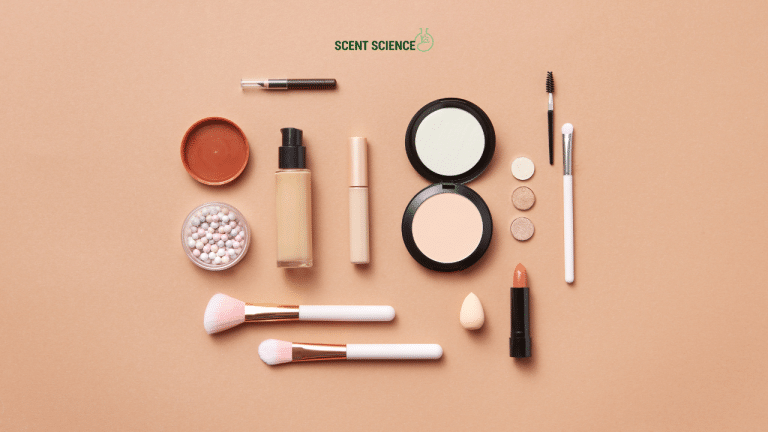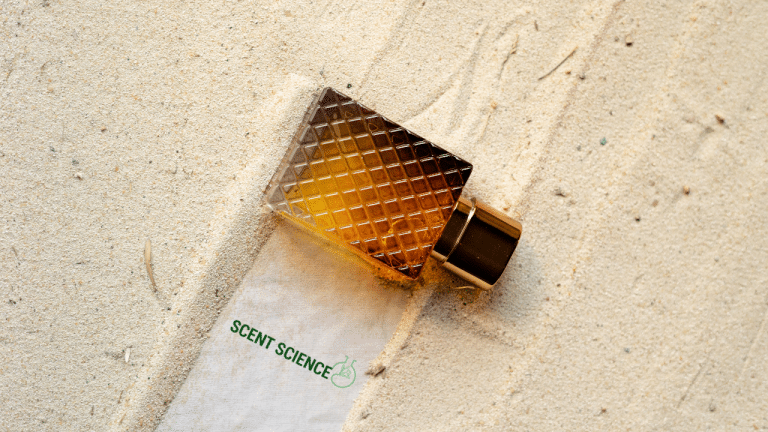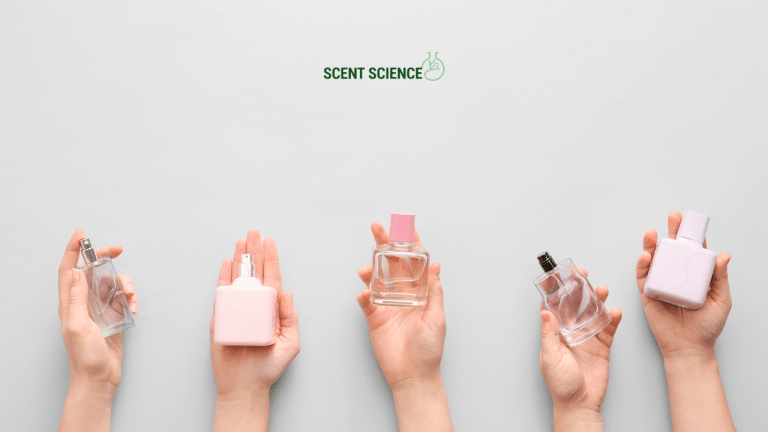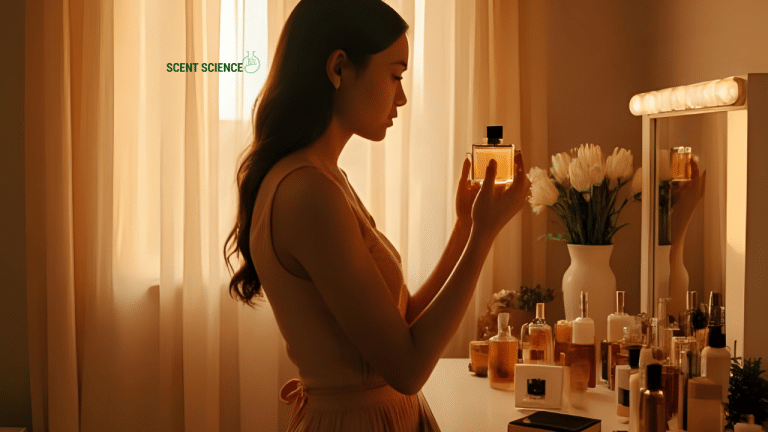Imagine strolling through a meadow at dawn, the crisp air carrying whispers of lilacs mingling with the earthy aroma of dew-kissed grass. This sensory journey captures the elusive magic of perfumes – where fragrance notes weave tales through olfactory experiences. Welcome to the fascinating world of scent classification, where understanding fragrance notes offers insight not just into personal preferences, but into cultural heritage and chemistry itself.
Drawing upon years of knowledge and research in the olfactory arts, this guide aims to unravel the complexities of perfumes with precision and expertise. We’ll delve into the structured universe of fragrance notes, introduce key classification models, explore industry standards, and reveal how these notes interplay to create iconic scents. Whether you’re a seasoned fragrance formulator or a curious enthusiast, this technical guide offers a comprehensive exploration of how fragrance notes in perfumes are carefully composed and classified.
Table of Contents
ToggleUnderstanding Fragrance Notes in Perfumes
The Anatomy of a Perfume
At the heart of perfumery lies the concept of fragrance notes. Generally separated into three stages – top, middle (or heart), and base – each layer plays a critical role in perfume development and the wearer’s sensory experience.
- Top Notes 🌿: The initial impression of a fragrance. Light and volatile, these notes are often fresh and citric. Consider the zesty breeze of bergamot or the bright tang of lemon. They are poignant but dissipate quickly, lasting about 15 minutes to 1 hour.
- Middle Notes 🌸: Often dubbed the “heart” of the perfume, middle notes emerge as top notes evaporate. These usually consist of floral or soft fruit elements, such as jasmine or lavender, and become the backbone of the scent. They can last from 3 to 6 hours, shaping the core identity of the fragrance.
- Base Notes 🍂: These rich, enduring notes deliver the lasting memory of a fragrance. As middle notes fade, base notes like sandalwood, vanilla, or musk create depth and linger for over 6 hours, providing longevity and warmth to the blend.
Olfactory Families and Their Role in Scent Classification

Fragrance classification hinges upon so-called olfactory families, which provide a structure for categorization based on dominant olfactory characteristics. While distinct types of olfactory families exist, contemporary perfumery commonly references these main groups:
- Floral: Dominated by blooms such as rose, jasmine, and tuberose, this family often captures the essence of femininity and romance. Think of classics like Chanel No. 5.
- Oriental: Known for rich balsamic resins, spices, and vanilla, these are warm, sensual scents, as seen in Yves Saint Laurent’s Opium.
- Woody: Characterized by notes such as cedar, sandalwood, and vetiver, conveying earthy and masculinistical qualities. Le Labo Santal 33 is a prime example.
- Fresh: Encompasses aquatic, green, and citrus scents, known for their crisp and invigorating qualities, like Davidoff’s Cool Water.
- 5. **Chypre: Derived from the French word for Cyprus, these are complex, sophisticated blends mixing citrus top notes with a mossy-woody base, found in fragrances like Guerlain’s Mitsouko.
Scientific Insights: Stability and Sillage
The performance of a perfume is often measured by its stability (how unchanged the fragrance remains over time) and sillage (projectivity of the fragrance). According to a study published in the International Journal of Cosmetic Science, molecular size and volatility significantly dictate these factors. For example, larger molecules common in base notes typically have stronger sillage and longevity due to their reduced volatility compared to top notes.
Building a Fragrance from the Ground Up
For professionals in the field, the composition of a fragrance transcends art into precise science. Perfume creation involves combining notes under specific concentration rules that take physical and chemical properties into account.
Perfumer’s Pyramid and Ratio Considerations

When crafting a fragrance, perfumers adhere to specific formulaic ratios aligning with the fragrance pyramid:
- Top Notes: 20-30%
- Middle Notes: 30-40%
- Base Notes: 20-30%
This quintessential balance helps achieve an optimal sensory journey. As experts like Christina Agapakis, a leading perfumer at Biofaction, notes, understanding the interactions between volatile compounds and their interplay in mixtures using gas chromatography leads to more predictable and sophisticated scents.
Practical Perfumery: Crafting Sample Blends
To illustrate, consider constructing a sample floral-woody blend:
- Top Notes: Lemon (30%), Bergamot (25%), Pink Pepper (15%)
- Middle Notes: Bulgarian Rose (35%), Lily of the Valley (30%), Jasmine (25%)
- Base Notes: Patchouli (20%), Cedarwood (30%), Amber (30%)
Each note selection takes into account the volatility, solubility, and sensory forecast, maximizing the blend’s desired projection and staying power.
Case Studies: Signature Scents Through the Ages
Dior Fahrenheit
Dior’s Fahrenheit, introduced in 1988, exemplifies the blend of unique classifications – a floral-woody-chypre marked by an interplay of sweet honeysuckle with leather and a touch of sandalwood. It demonstrates revolutionary layers that have become iconic for balancing warm and fresh accords.
Guerlain Shalimar

In another enduring classic, Shalimar by Guerlain revolutionized the oriental family by strikingly combining vanilla and citrus – crafting what is considered the prototype of the oriental category employed extensively in the industry today.
Embracing Industry Standards and Best Practices
IFRA Guidelines and Safety Profiles
Safety in scent creation is paramount. The International Fragrance Association (IFRA) provides comprehensive guidelines ensuring that fragrances meet stringent safety and regulatory standards. Adhering to these, perfumes are tested rigorously for allergens and sensitization profiles to protect consumers without compromising on artistry.
Sustainable Scent Developments
New strategies are emerging to focus on sustainability in perfumery. Companies such as Firmenich and Givaudan champion sustainable sourcing and biosynthetic development to address environmental impacts, pushing for innovative yet eco-friendly fragrance paradigms.
Practical Applications and Tips for Choosing Your Signature Scent
- Identify Personal Preferences: Whether drawn to fruity bouquets or woody undertones, understanding personal inclinations helps identify preferred scents and avoid common pitfalls.
- Olfactive Crowd Dynamics: Be mindful of context and application, choosing lighter, fresh scents for professional settings while reserving potent orientals for evening affairs.
- Test Before Commitment: Always test fragrances on skin to observe interactions, noting that climate and individual body chemistry can significantly alter a scent’s profile.
In conclusion, knowing how fragrance notes in perfumes are classified provides a key to unlocking both a rich sensory experience and a nuanced appreciation of cultural and scientific synergies within perfumes. As you explore this olfactory realm, each scent becomes a story, and understanding its technical artistry enhances both the enchantment and complexity of the fragrant narratives we live by. Happy scenting!
Frequently Asked Questions
What are the benefits of using a hair mask in my hair care routine?
Using a hair mask can provide several benefits, including hydration, smoothing, strengthening, curl definition, heat protection, and damage repair. Hair masks infuse the hair with moisture, help coat the hair shaft to seal split ends, reduce breakage, and protect the hair from heat styling and environmental damage[1][4].
What ingredients should I look for in a hair mask?
Effective hair masks often include ingredients such as coconut oil, argan oil, shea butter, honey, avocado oil, green tea, and coconut water. These ingredients provide nourishment, moisturize, and protect the hair, offering benefits like softening, moisturizing, and protecting against damage[2][5].
How often should I use a hair mask in my routine?
You should use a hair mask whenever your hair feels dry, unmanageable, or in need of intense hydration. This can vary depending on your hair type and needs, but generally, using a hair mask once or twice a week can help maintain healthy and moisturized hair[1][4].
How do I apply a hair mask for the best results?
To apply a hair mask effectively, shampoo your hair first, then apply the mask, focusing especially on the ends where hair tends to be the most damaged. Leave the mask on for anywhere from 10 minutes to overnight, depending on the type of mask and your hair’s needs[1][4].
References
